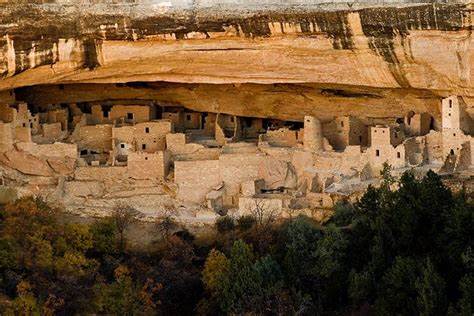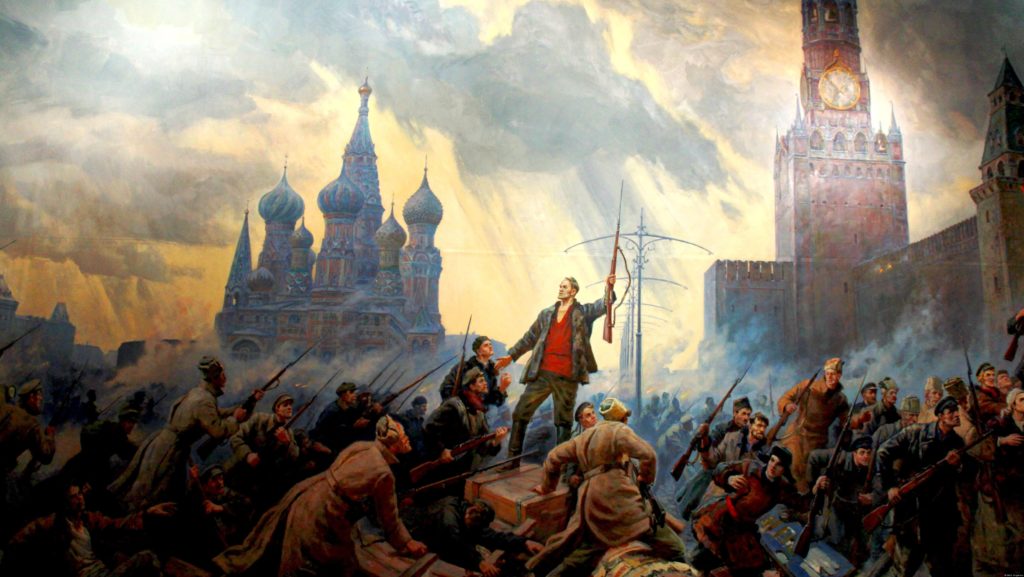
In Part One of this article, I listed and discussed a number of concerns I have for the condition of our society. It so happens there’s historical precedent for these factors being present in prior social upheaval. I want to shine a light now on these times in the past that might relate to our present-day situation.
Political Unrest
Political dissent is a way of life across the world. It can be relatively quiet and infrequent in stable countries, so by itself it isn’t usually a threat to societies overall. However, even in the most solid countries, it can rise to a fever pitch and be a trigger to a coup that can unravel life as the masses know it.
History has shown that violent political unrest sometimes goes hand in hand with a full-on collapse. The New Kingdom of Egypt had a lot of issues to deal with around 1210. Food shortages in the region began to affect the Nile Valley. War was taxing the Egyptian military. Other societies in the Mediterranean were floundering, putting economic pressure on Egypt. Government workers went on strike, the first in history. Political infighting between government factions contributed to deterioration of the country from within. Eventually, powerful Egypt lost its independence and became ruled by Libya and Nubia.
The Qin Dynasty fell apart after about 260 years of strong rule. Internal feuds and rebellions had much to do with that.
The dissolution of Russia’s society in 1917 was huge and multi-textured. The oppressive Tsarist regime brought political dissent upon itself. The Romanov family ruled the country for more than 300 years. By the time of the Russian Revolution, they had excluded most of its citizens from the political process and the foundation of their system was seen to be rooted in violence. In the 19th and 20th centuries, the government was met with violent uprisings until Czar Nicholas II was deposed in 1917. Russian society underwent great change, but their Provisional Government was overthrown by the Bolsheviks within a year. That marked the beginning of Communist rule and the end of life as Russians had known it for many generations. It wasn’t all bad, but ultimately became a swap of one dictatorship for another.

Pestilence
The most obvious example of pestilence is, of course, the bubonic plague, aka The Black Death. Speaking of the end of life as it had been known, this was truly the case after this particular pandemic ravaged Europe for at least four years. The death toll is uncertain–ranging from 25 million up to 200 million. In any case, it was a large percentage of the world population. Sweeping changes in labor relations, feudalism and the societal grip of the Christian Church are a few of the ways the European continent was revamped by disease.
War!
In Part One, I brought up the possibility of World War III. I’d like to think we’re smarter than to allow ourselves to get caught up in global conflict again. Yet, when egos and power and money are in play, it isn’t difficult to conceive of such a scenario. We’re not there yet, though. Instead of looking ahead, right now I want to continue our look at history.
Obviously, wars have a potentially devastating effect on societies. Reasons for war can be lumped into several categories. One of those would be feuding neighbors in which groups of people come to hate each other so much they simply want to destroy the sons of bitches across the border. See the Serbs and Croats, the English and the French, or India and Pakistan for some historical context. Megalomania is another one. Hitler, Napoleon and Genghis Khan come to mind. Also, disasters of various kinds can motivate one country to invade another. Or a simple act of perceived aggression by an official of one country can spark a war with the offended nation’s leader.
Specific instances of societal collapse due to war include the Eastern Mediterranean countries during the Late Bronze Age. They came under persistent attack from a mysterious, fierce military force known as the Sea Peoples. There were contributing factors, but war was among them. The Sea Peoples also complemented an invasion by the Dorians against the Mycenean Greeks around 1200 BC that sent that society into serious decline.
There was a thriving civilization that spanned all of North Africa in the 11th century. It became the target of Bedouin tribes of Banu Sulaym and Banu Hilal. Their invasion, coupled with governmental dissension, brought the society to its ruin.
Climate Change
Planet Earth has warmed and cooled through the ages. The impact on civilizations is not to be taken lightly. It’s simply incredible how planetary changes can bring about natural disasters and gradual effects that undermine the stability a society takes for granted. It’s a foolish mistake that humans can’t seem to avoid.
A drought that lasted about a thousand years in Africa and Asia had a hand in wiping out the Akkadian Empire and the Indus Valley Civilization. A lot can happen in a thousand years, including a natural span of life of a civilization, but life moved a lot slower then. So, while contributing factors such as earthquakes and disease eroded the Indus Valley society, persistent drought made the region a good place to vacate.
In the period between the 1400’s and the1800’s, the Northern Hemisphere went through a general cooling period known as the Little Ice Age. In Europe, it ignited famine, mass migration and even wars. These factors facilitated the spread of diseases and that’s no small thing when considering this was the era of the Plague.
Then came the General Crisis of the Seventeenth Century. On the heels of the Little Ice Age, Europe saw many years of difficult weather, crop failure, tough times economically, an upturn in violence and an increase in the death rate. The Thirty Years’ War and other escalating conflicts involving all the major European powers laid waste to much of Germany.
Global Population Decline
As stated in my last post, the rate of increase of the population is dropping and it’s expected that the actual population itself will be falling by 2100. The reason for this trend currently appears to be a decreasing fertility rate. Declines in the past have been due to such factors as war, large-scale natural disasters, and unbalanced demographics in which there are too many young males, who tend to exacerbate the problem with radicalized social unrest, resulting in violent activities ranging from local persecution to genocide.
While these outcomes could occur simultaneously with other factors of societal collapse, they don’t necessarily coincide with the low fertility rate issue. Historical analysis suggests that what does appear to coincide with low fertility suppressing population growth is an interruption of the flow of ideas. Fundamental ideas have been lost by declining civilizations with falling populations.
Loss in population size has been found to be part of societal collapse. Historical examples include Mayan, Anasazi, Rapanui and Sumer. These were advanced and creative societies. Unexpected swings in the numbers of any civilization place its people at significant risk.
Our Prospects
In Part Three, I’ll address how the future looks for our society in the context of the historical backdrop given here and our trending scenario. Is it still in our hands?
